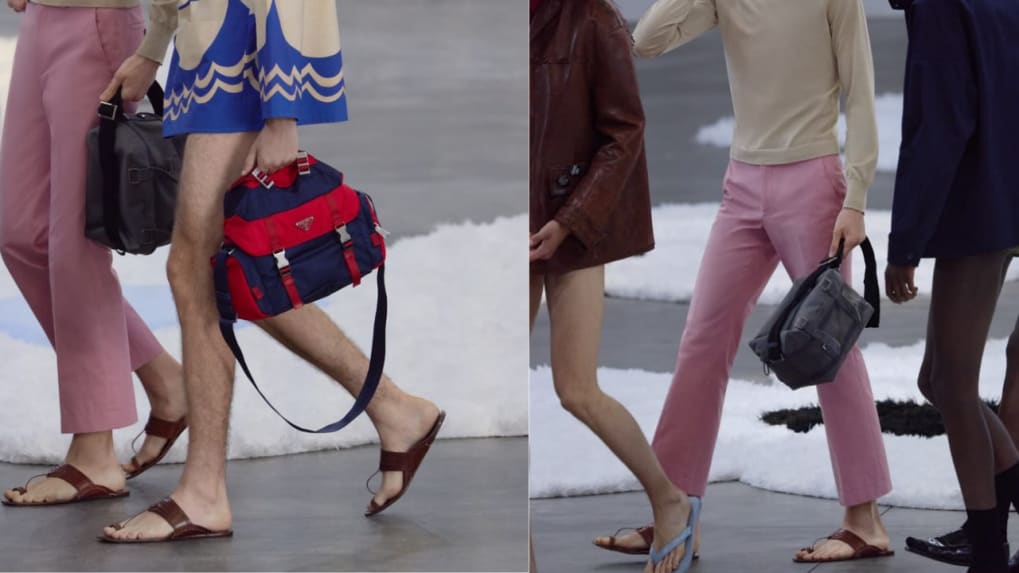Digital
Why OpenAI is hiring 100 ex-bankers: Inside the ChatGPT-maker's secret project to automate Wall Street's grunt work

Luxury fashion giant Prada has formally acknowledged the ancient Indian roots of a new sandal design after images from its Milan fashion show triggered backlash from Indian artisans and politicians for failing to credit their craft.
At Prada’s runway show last weekend, models wore leather, open-toe sandals featuring a distinctive braided design strikingly similar to handmade Kolhapuri chappals—traditional Indian footwear whose designs date back to the 12th century.
The debut set off a wave of criticism in Indian media and among lawmakers, who accused the Italian brand of cultural appropriation without recognition. Kolhapuri chappals are named after the city of Kolhapur in Maharashtra, western India, and are known for their distinctive craftsmanship.
Responding to the controversy, Lorenzo Bertelli, Prada’s head of corporate social responsibility and son of the company's owners, sent a letter to the Maharashtra Chamber of Commerce on Friday acknowledging the Indian heritage of the design.
“We acknowledge that the sandals... are inspired by traditional Indian handcrafted footwear, with a centuries-old heritage,” Bertelli wrote in the letter seen by Reuters.
He added that the sandals remain at an early design stage and it is not certain they will be commercialized. Prada, he said, is open to “dialogue for meaningful exchange with local Indian artisans” and will arrange follow-up meetings to discuss the matter.
A Prada spokesperson separately confirmed the design’s inspiration, saying the company has “always celebrated craftsmanship, heritage and design traditions.”
The controversy has highlighted the stark price contrast between global luxury goods and local crafts: Prada’s men’s leather sandals typically retail for $844 and up, while Kolhapuri chappals can sell in India for as little as $12.
Though India’s luxury market remains small, it is growing quickly, with rising numbers of wealthy consumers buying Louis Vuitton bags, Lamborghini cars, luxury homes, and watches. At the same time, Indian culture and crafts are increasingly appearing in global luxury design. For example, high-end jeweller Bulgari offers a $16,000 Mangalsutra necklace inspired by the traditional marital chain worn by Indian women.
Bertelli’s letter came in response to a complaint from the Maharashtra trade group representing 3,000 Kolhapuri sandal artisans. As the online outcry gathered steam, India’s DNA News posted on X (formerly Twitter):
“From the dusty lanes of Kolhapur to the glitzy runways of Milan... will the world finally give credit where it's due?” Sambhaji Chhatrapati, a member of the Kolhapur royal family, told Reuters he was upset at the lack of initial acknowledgment for the sandal’s “150 years of history and heritage.”
But not all reactions have been negative. Kolhapur businessman Dileep More noted that some local artisans felt a sense of validation seeing their design on the global stage. “They are happy that someone is recognising their work,” he said.
In a wide-ranging interview with Storyboard18, Sorrell delivers his frankest assessment yet of how the deal will redefine creativity, media, and talent across markets.